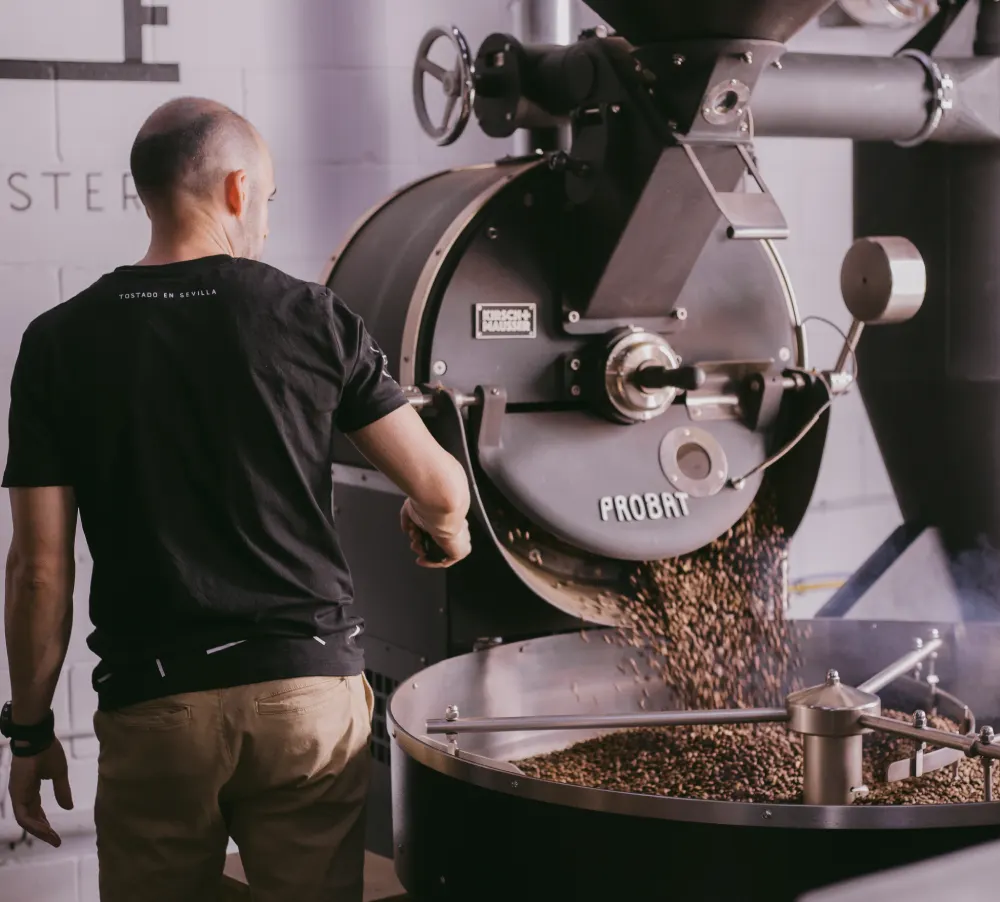Casa Burés, an emblematic building of Barcelona’s modernism, stands proudly on the corner of Ausiás Marc and Gerona streets. This majestic building, designed by Francisco Berenguer but signed by Miquel Pascual, flirts with the neo-Gothic and Germanic styles. Since its construction between 1900 and 1905 for the textile industrialist Francisco Burés Borrás, the house has not only been a home, but a symbol of early 20th century Barcelona.
 The story behind its construction
The story behind its construction
Francisco Burés Borrás, the man behind Casa Burés, was a leading textile industrialist who pulled at the heartstrings of the economy at the time. Coming from a family with a tradition in the textile sector, his vision was clear: he wanted a place that would be both his home and the headquarters of his companies. Thus, with a strong family background, Casa Burés was born as a space that reflected the aspirations of a new and growing social class in the city. However, its construction was not just a whim. The original design contemplated a series of spaces that went beyond a simple residence. With more than 7,000 m², the structure included large common areas, service quarters and, curiously, an oratory. Everything was meticulously thought out to satisfy both functional needs and the aesthetic taste of the time.
 Architecture at a glance
Architecture at a glance
Casa Burés leaves no one indifferent. Its stone facade is characterized by the use of unpolished ashlars, which gives a rustic air to a building of great elegance. Every corner emanates modernity, from the ironwork of the balconies to the delicate curves of the decoration. It is undeniable that Berenguer, in collaboration with Pascual, achieved a design that stands out for its *originality and simplicity at the same time*. In addition, the two vertices of the chamfer should have had circular towers, but only one materialized. The other was replaced by a crowning, offering a striking visual continuity. These types of architectural decisions were not only aesthetic; they were strategic to maximize natural light inside the building.
An interior that tells stories
Crossing the threshold of the entrance, the visitor finds an ornate foyer that is quite a spectacle. Decorated with capitals depicting animals, this space not only has the function of welcoming, but also introduces the visitor to the history of Casa Burés. The jewel of this place is a sculpture of a brown bear embracing a lamp, which stands at the base of the main staircase as a symbol of hospitality. The main rooms have original decorations that seem to tell stories from another era. The mosaic floors, designed by Pau Roig, offer a vibrant contrast to the ornate ceilings that show a clear interest in the aesthetic aspects of the building elements. In addition, the sculptural panels in the dining room, designed by Joan Carreras, embody the essence of the bourgeoisie of the time by reflecting sports and iconic characters.
 The evolution of Casa Burés
The evolution of Casa Burés
Over the years, Casa Burés has changed hands and changed its use. After the death of Francisco Burés in 1907, the building went through several significant stages. The family business continued to operate until its dissolution in 1920. Since then, the building has witnessed the evolution of Barcelona, witnessing the rise and fall of the textile industry. In 2007, the Barcelona City Council acquired the house, with the idea of turning it into a modernism interpretation center, but the sale to the Generalitat de Catalunya soon after changed its course. From 2014, a new chapter in its history began to take shape. The rehabilitation that Casa Burés underwent has been aligned between efforts to *preserve its original essence*, while modernizing it to meet today’s demands.
The future: keeping the heritage alive
Today, Casa Burés is being transformed into a luxury resort. This rehabilitation is being meticulously carried out by Bonavista Developments, in partnership with craftsmen and heritage experts. The goal is clear: to revitalize a cultural legacy. From the recovery of the brown bear sculpture to the restoration of mosaics, every detail is significant. The result of all this work promises to offer not only luxury apartments, but a piece of history that lives on. Modern facilities such as swimming pools, a spa and a gym are planned to be included, allowing Casa Burés to remain an attractive and relevant place on the Barcelona scene. Although it has changed its function, its essence remains.
 Final thoughts
Final thoughts
Casa Burés is a fascinating example of how a building can be a reflection of its owners and its time. From the rise of modernism to its transformation into a contemporary space, it keeps the narrative of Barcelona’s history alive. The combination of its rich history, impressive architecture and promising future ensures that Casa Burés will remain a city landmark. In the end, every brick and every sculpture in Casa Burés tells us something. They remind us of the power of tradition and the adaptability of culture, showing how, despite change, the essence of a place can endure through time.


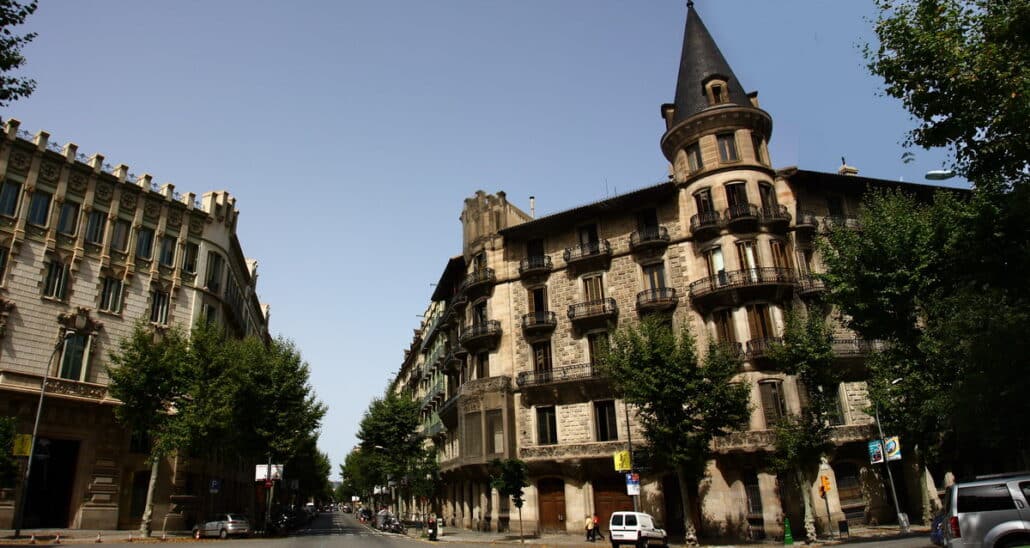 The story behind its construction
The story behind its construction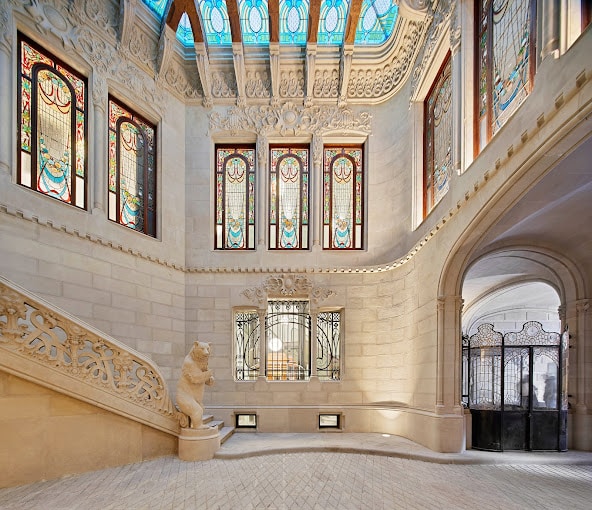 Architecture at a glance
Architecture at a glance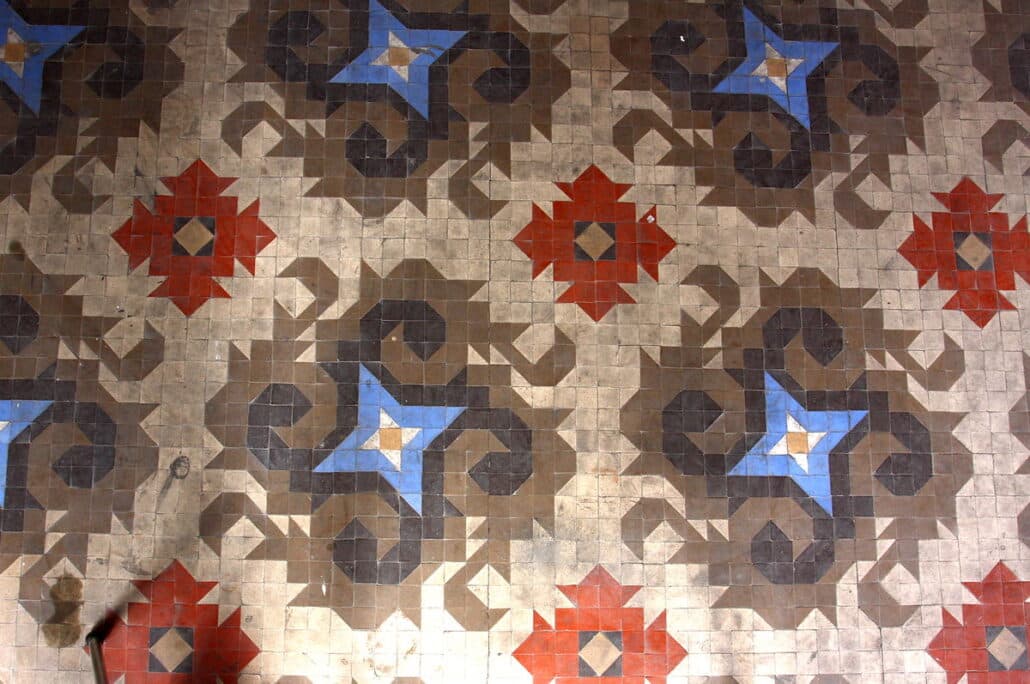 The evolution of Casa Burés
The evolution of Casa Burés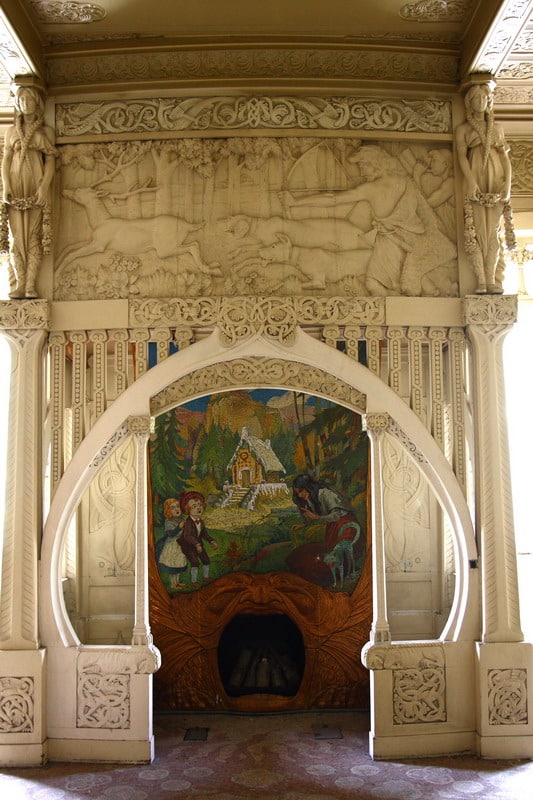 Final thoughts
Final thoughts